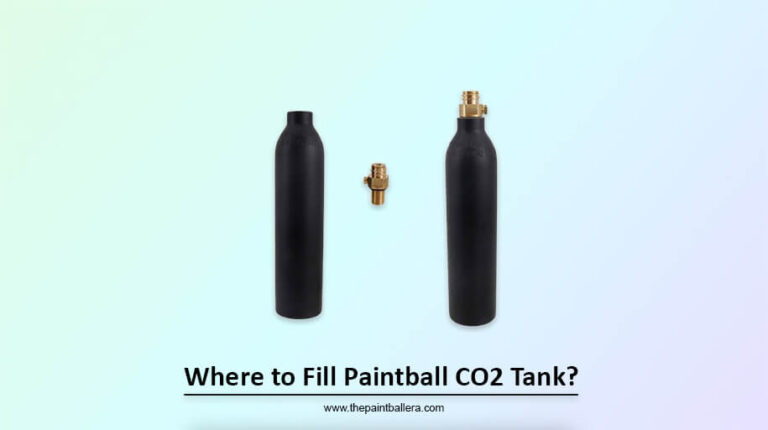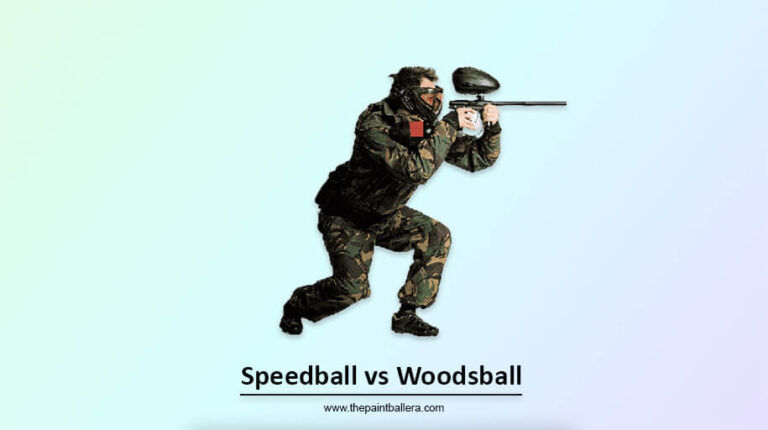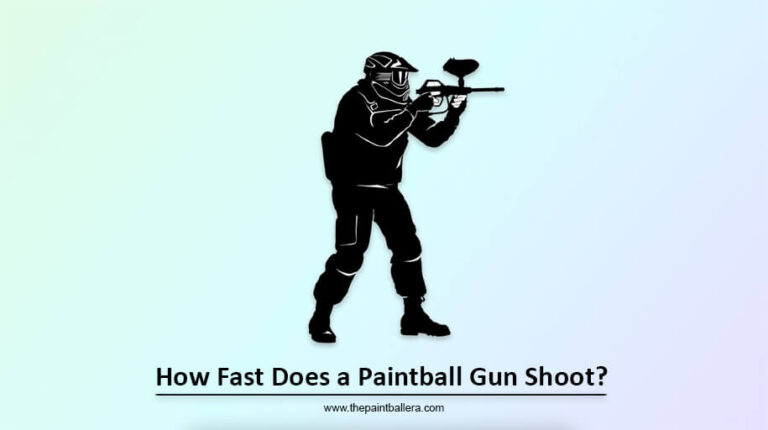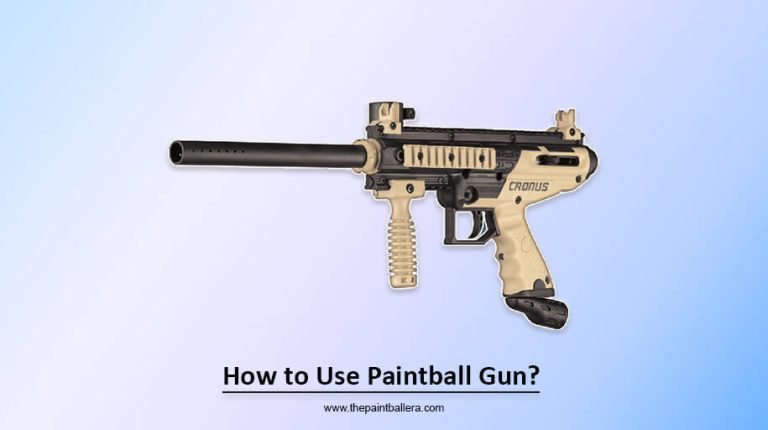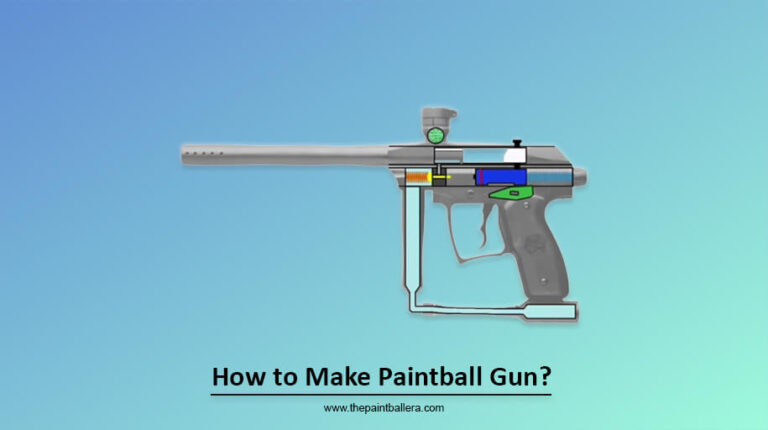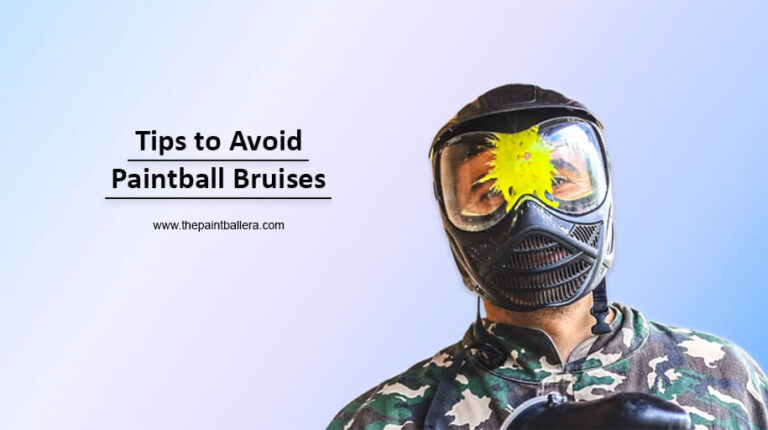How to Fix a Paintball Gun That Won’t Shoot?
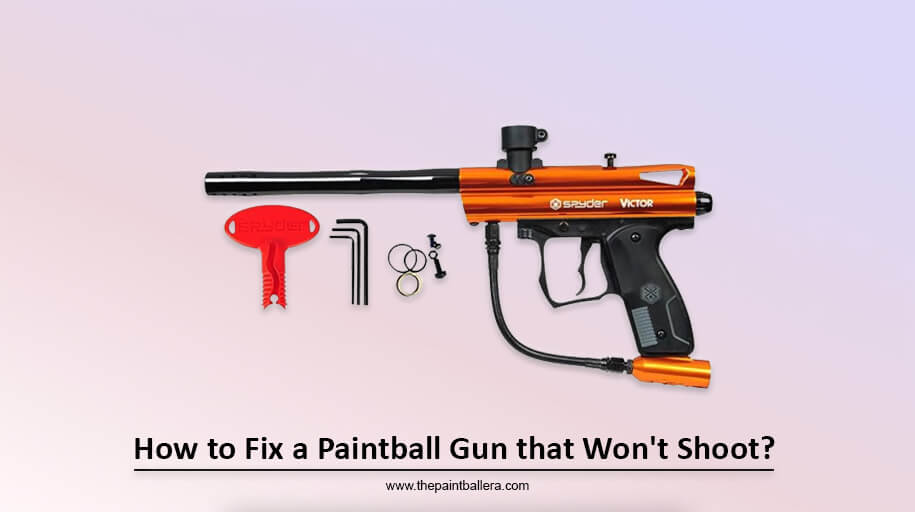
Ah, paintball—there’s nothing like the adrenaline rush of dodging incoming fire or capturing the flag with your buddies. But hold on, what’s the deal? Your paintball gun won’t shoot! Trust me, I get the frustration. You’re a pretend Rambo one minute, and the next, you’re sidelined, tinkering with a jammed weapon.
This post aims to get you back in the game quickly. We’ll go through how to fix a paintball gun that won’t shoot by diagnosing common problems, suggesting some handy DIY fixes, and helping you understand the anatomy of your paintball gun.
Understand How Paintball Guns Work
Before you can successfully troubleshoot any issues, it’s essential to know how a paintball gun operates. After all, you would only try to fix your car if you understand how an engine works, right? A paintball gun, also known as a marker, has several components: the barrel, hopper, air tank, and trigger mechanism, among others.
When you pull the trigger, the marker releases compressed air or CO2, propelling the paintball out of the barrel towards your target. Simple enough? When something goes awry, it usually falls within the interconnected systems of airflow, mechanical parts, and even the paintballs themselves. So, understanding these elements can help you diagnose what’s going wrong.
How to Fix a Paintball Gun that Won’t Shoot?
Check the Air and CO2 Ducts
Let’s start simple. When your paintball gun isn’t firing, you first want to check your air supply. Is the air tank adequately attached? Is it full? If you’re using CO2, the cartridge must be installed enough for the marker to function. Sometimes, a loose connection or an empty tank keeps you from rejoining the game.
Repair the Leak
Hear a hissing sound? That’s usually not a good sign. You might be dealing with a leak. Often, this is caused by worn-out O-rings or a loose connection somewhere. A leak will compromise the marker’s air pressure, causing it not to shoot. Tighten any loose screws and replace those worn-out O-rings to get things sealed up and running smoothly again.
O-Rings of the Gun
Speaking of O-rings, these little guys are essential but often overlooked. They seal the connections in your marker, keeping the air where it’s supposed to be: in the gun, propelling paintballs at high speed towards your opponents.
If your O-rings are damaged, cracked, or old, they can cause leaks. Always keep a set of replacement O-rings in your gear bag; they’re inexpensive and can be a game-changer, literally.
There you go. I hope these tips clear some initial hurdles. We’ve got more troubleshooting guidance, detailed reasons your gun might be acting up, and when it might be time to call in the pros.
Clean the Paintball Gun
Ah, my apologies for skipping this crucial step. You’d be surprised how many issues can be resolved just by giving your paintball gun a good cleaning. Think about it; paintball is a messy sport. You’re firing paint, diving into the dirt, and crawling through the underbrush. That grime and paint residue can clog up your marker, making it less efficient or rendering it inoperative.
Grab your cleaning kit—usually, a squeegee, soft cloth, and specialized marker cleaning solution should be enough. Detach the barrel and hopper, and run the squeegee through several times.
Clean the other exposed parts with a damp cloth. Focus on areas where you can see visible paint or dirt. Once you’re done cleaning, assemble everything and give it a test fire. A thorough cleaning is often all your marker needs to get back in the game.
Adjust Velocity
Your paintball gun has a velocity adjustment knob or screw, which controls how fast the paintball flies out of the barrel. If your marker isn’t firing, try tweaking the velocity settings. Sometimes, if the velocity is too low, the gun won’t have enough force to push the paintball out of the barrel.
On the flip side, if set too high, you could break paintballs inside the gun, leading to a jam. Always refer to your marker’s manual for specific guidance on adjusting velocity.
Clean the Paintball Hopper
Cleaning the hopper can sometimes be just as crucial as cleaning the gun. The hopper is where the paintballs are stored before being fed into the barrel, and if it’s dirty, you could send grimy paintballs into your already-clean gun, effectively undoing all your hard work. To clean your hopper, first, remove it from your paintball gun.
Then, empty out any remaining paintballs and give it a good shake to dislodge any lingering debris. Wipe the inside with a soft cloth and, if possible, wash it out with mild soap and water, then let it dry completely before reattaching it to your gun.
Inspect and Clean the Valve
The valve is the heart of your paintball gun’s firing mechanism. If it’s dirty or damaged, you’ll experience problems, from misfires to complete failure to fire. To inspect the valve, you’ll typically need to disassemble the gun to some extent, so consult your owner’s manual for specific instructions.
Check for visible dirt or damage once you’ve gained access to the valve. Clean it gently with a cloth and perhaps a little marker oil, careful not to damage any delicate parts. If the valve appears damaged, you’ll likely need to replace it.
Reasons Why a Paintball Gun Won’t Shoot
Sometimes, it feels like your paintball gun chose the worst possible moment to stop working. To prevent future mishaps, let’s delve into some of the most common reasons why your paintball gun might not be firing:
1. Leaking
As mentioned, a leak is a significant culprit behind a non-functioning paintball gun. When your gun leaks, it can’t maintain the pressure to fire paintballs. The usual suspects behind a leak are loose connections and, you guessed it, worn-out O-rings.
2. Double Firing
Double firing is another headache you might face, where your gun fires two paintballs with a single trigger pull. Not only is this annoying, but it can also get you disqualified in formal games.
This problem often arises due to the gun’s regulator or bolt issues. Make sure to inspect these areas and adjust as needed.
3. The Recocking Problem
One of the most annoying issues you might encounter with your paintball gun is the recocking problem. You shoot once, and the gun fails to recock, turning your semi-automatic marker into a single-shot musket. This issue often arises due to insufficient air pressure, so it’s another good reason to check your air or CO2 supply.
But sometimes, the recorking issue can be more complex, involving damaged internal components like springs or valves. If basic troubleshooting, like checking the air supply and cleaning, doesn’t resolve the problem, it might be time to consult your manual or bring in the experts.
4. Lack of Compressed Air in a Paintball Gun
You’d be surprised how many people overlook this. Your paintball gun needs sufficient compressed air or CO2 to operate. When you’re out or running low, your rifle won’t fire. Always ensure your tanks are filled before heading into a game, and keep an eye on your gauge while playing.
5. Dirty Barrel
A dirty barrel can dramatically affect your gun’s performance. Dirt, debris, or broken paint inside the barrel will cause your shots to be inaccurate and can even prevent the paintballs from exiting the barrel. A simple barrel swab can often fix this issue.
6. Problem with Your Paintballs
Not all paintballs are created equal. Low-quality or old paintballs can break inside your gun, causing jams and other issues. Always use fresh, high-quality paintballs to ensure your rifle operates efficiently.
7. The Barrel Blockages
Like a dirty barrel, blockages can prevent paintballs from exiting the gun. This can happen if a paintball breaks or debris gets lodged inside the barrel. Again, a barrel swab or squeegee should clear up this problem.
8. Wrong CO2 Cartridge
Not all CO2 cartridges are compatible with all paintball guns. Using the wrong cartridge can result in sufficient pressure, leading to solid or no shots. Ensure you’re using a CO2 cartridge compatible with your specific gun model.
9. Damaged O-rings
We’ve touched on this before, but it’s worth mentioning again. Damaged O-rings can cause air leaks, affecting your gun’s performance. Always check the O-rings if you’re experiencing issues with your paintball gun, and replace them as needed.
Having Trouble with Shooting Your Paintball Gun?
Even after all these tips and tricks, you might still be scratching your head, staring down a paintball gun that refuses to cooperate. Trust me, you’re not alone; sometimes, these things can be as stubborn as a mule. But hang in there; we’ve got a few more pointers up our sleeves.
How About Some Troubleshooting Tips
1. Consult the Manual: Sometimes, the answers are in the very manual we ignore. Keep it handy; it’s your go-to reference guide.
2. Check the Weather: Some paintball guns are sensitive to cold temperatures. If it’s too hard, your gun might work better in warmer weather.
3. Peer Consultation: Don’t hesitate to ask for help from fellow paintballers. Sometimes, a fresh pair of eyes can spot something you missed.
Time to Bring In the Expert
If you’ve tried everything and your paintball gun still refuses to fire, it might be time to bring it to an expert. Look for repair shops or professionals specializing in paintball gun maintenance and repairs. They have the tools and experience to diagnose and fix complex issues you may need help handling yourself.
Paintball Gun Maintenance
Proper and regular maintenance can save you a lot of headaches down the line. After each game, clean your paintball gun thoroughly, check for any worn-out parts, and replace them as needed. Regularly oil the moving parts and watch your air tanks and O-rings. Trust me, your future self will thank you.
Conclusion
So there you have it, a comprehensive guide on how to fix a paintball gun that won’t shoot. Whether dealing with leaks, double firing, or stubborn blockages, the key is to remain patient and work methodically.
And remember, it’s always better to prevent problems through regular maintenance than to troubleshoot in the middle of a game. If all else fails, don’t hesitate to consult an expert. Sometimes, it takes a pro to get you back in the game.

